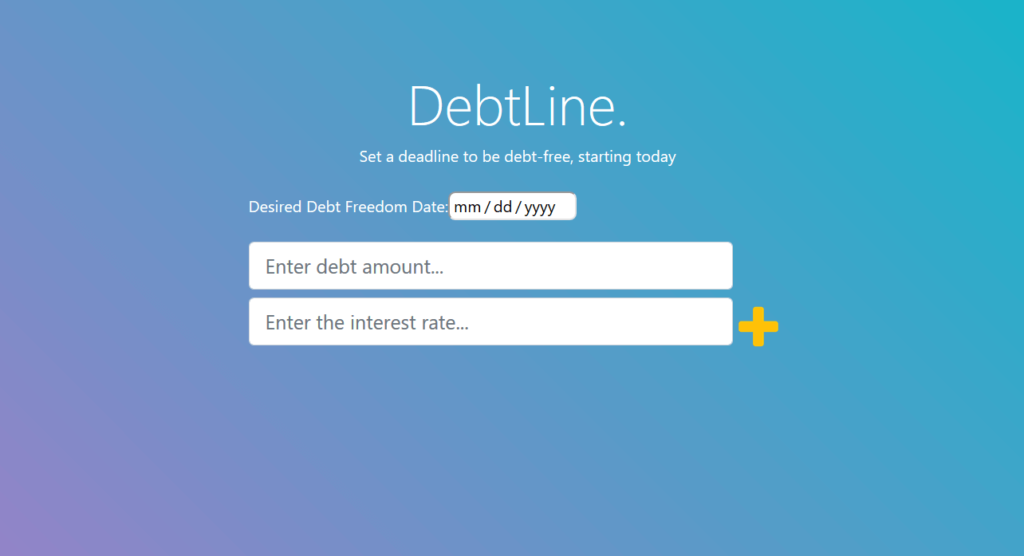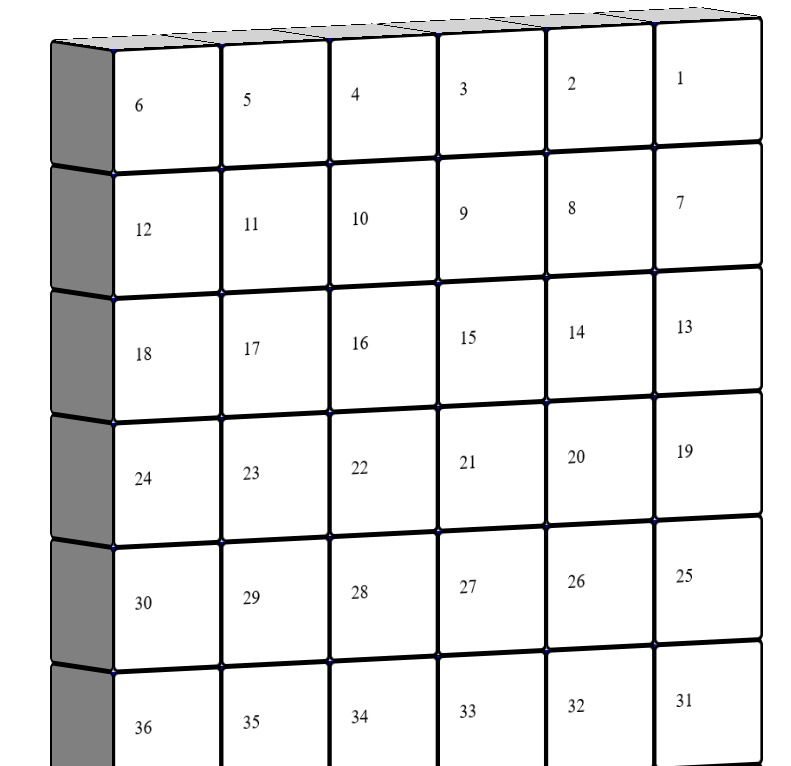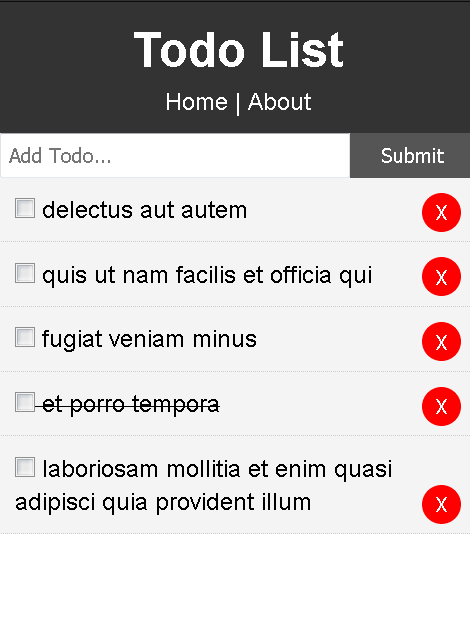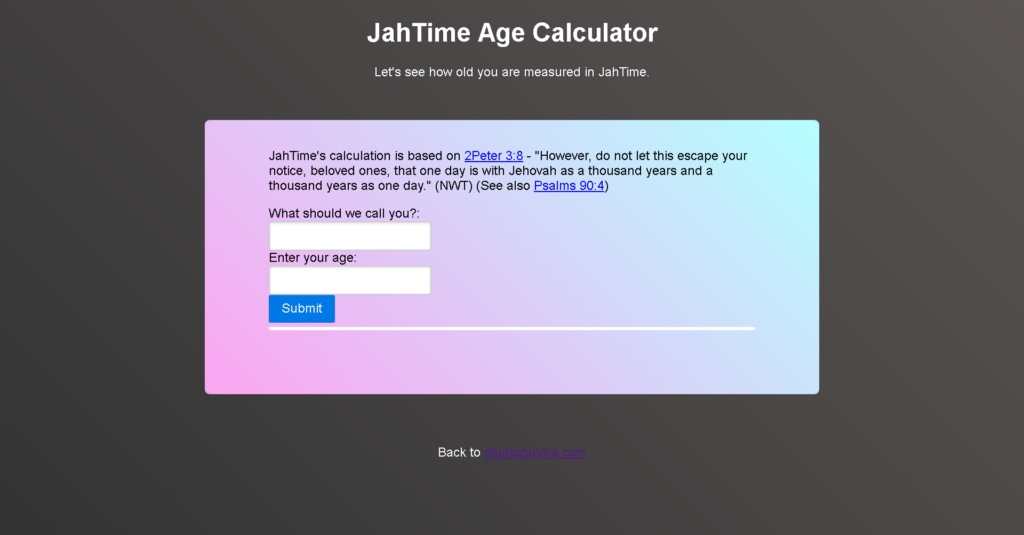Skip to content
Coding projects
Designs
 Fabric designs at Spoonflower.com
Fabric designs at Spoonflower.com
Logos and graphics (^_^ )
 final logo, IRA Valuations
final logo, IRA Valuations Logo concepts
Logo concepts Logo concept
Logo concept Hawaii Kanji Seal sticker
Hawaii Kanji Seal sticker king duvet concept
king duvet concept Logo redesign concept
Logo redesign concept Logo redesign concept
Logo redesign concept Logo redesign concept
Logo redesign concept repeat damask pattern
repeat damask pattern Koi Tote bag
Koi Tote bag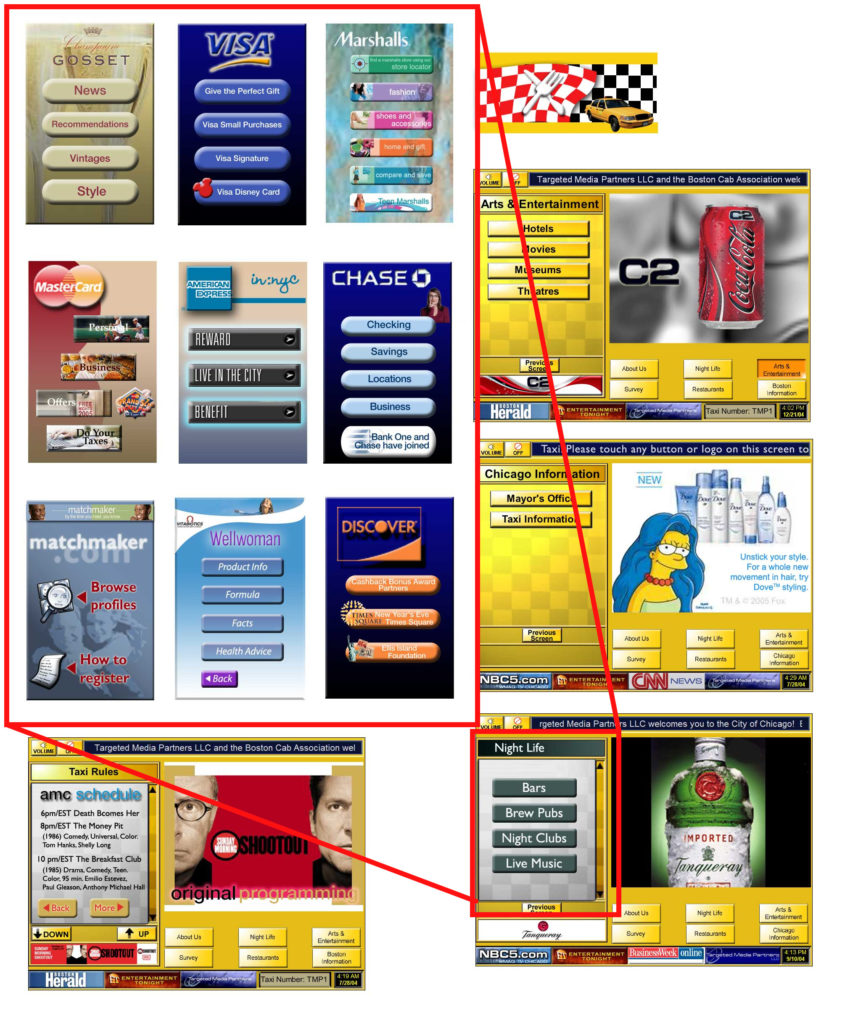 Taxi touch screen UI
Taxi touch screen UI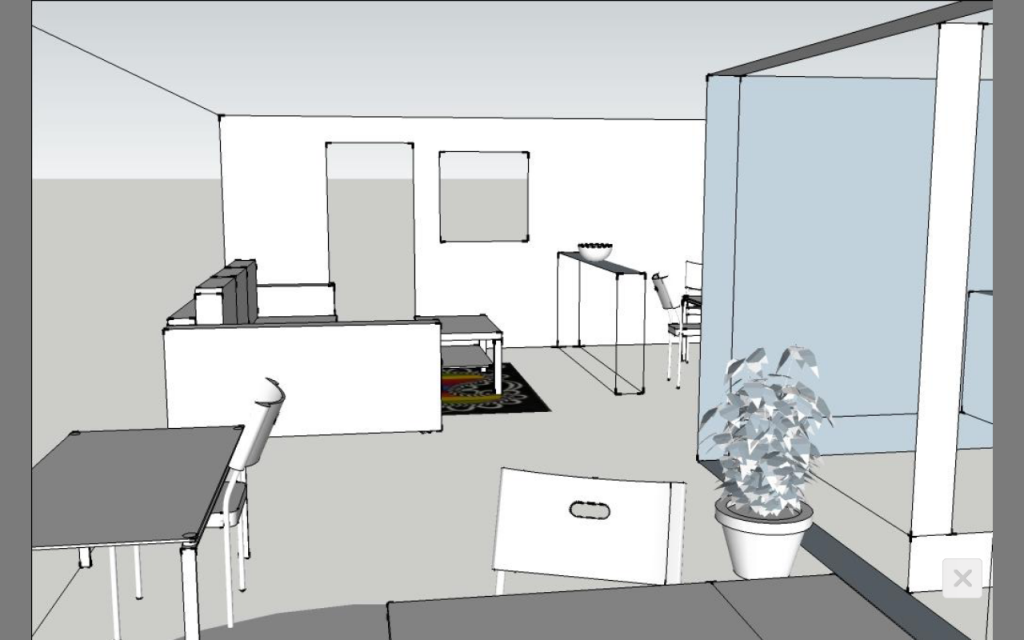 SketchUp interior design
SketchUp interior design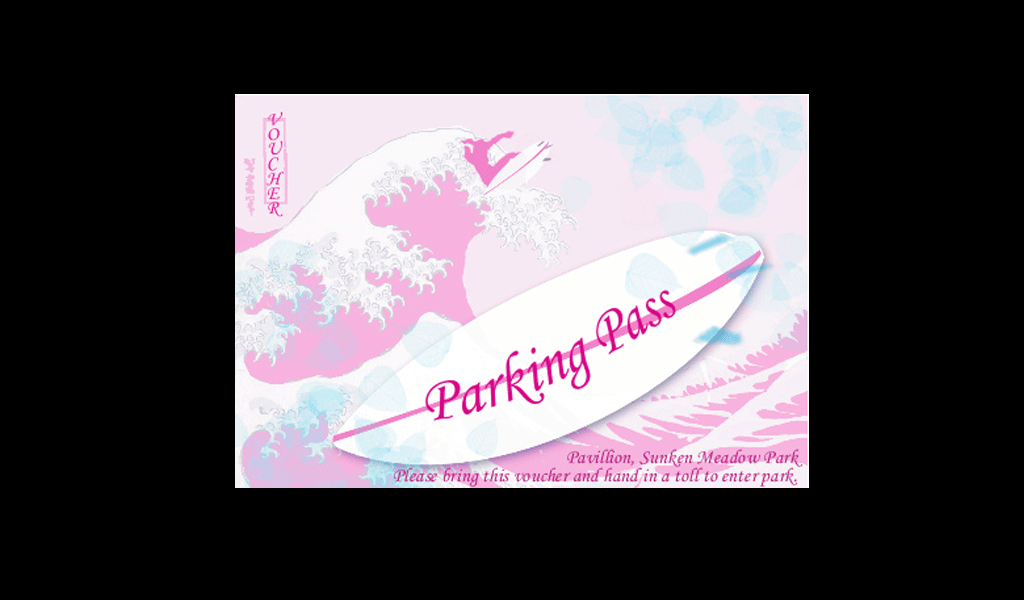 party invitation
party invitation
Paintings and drawings
 oil on canvas
oil on canvas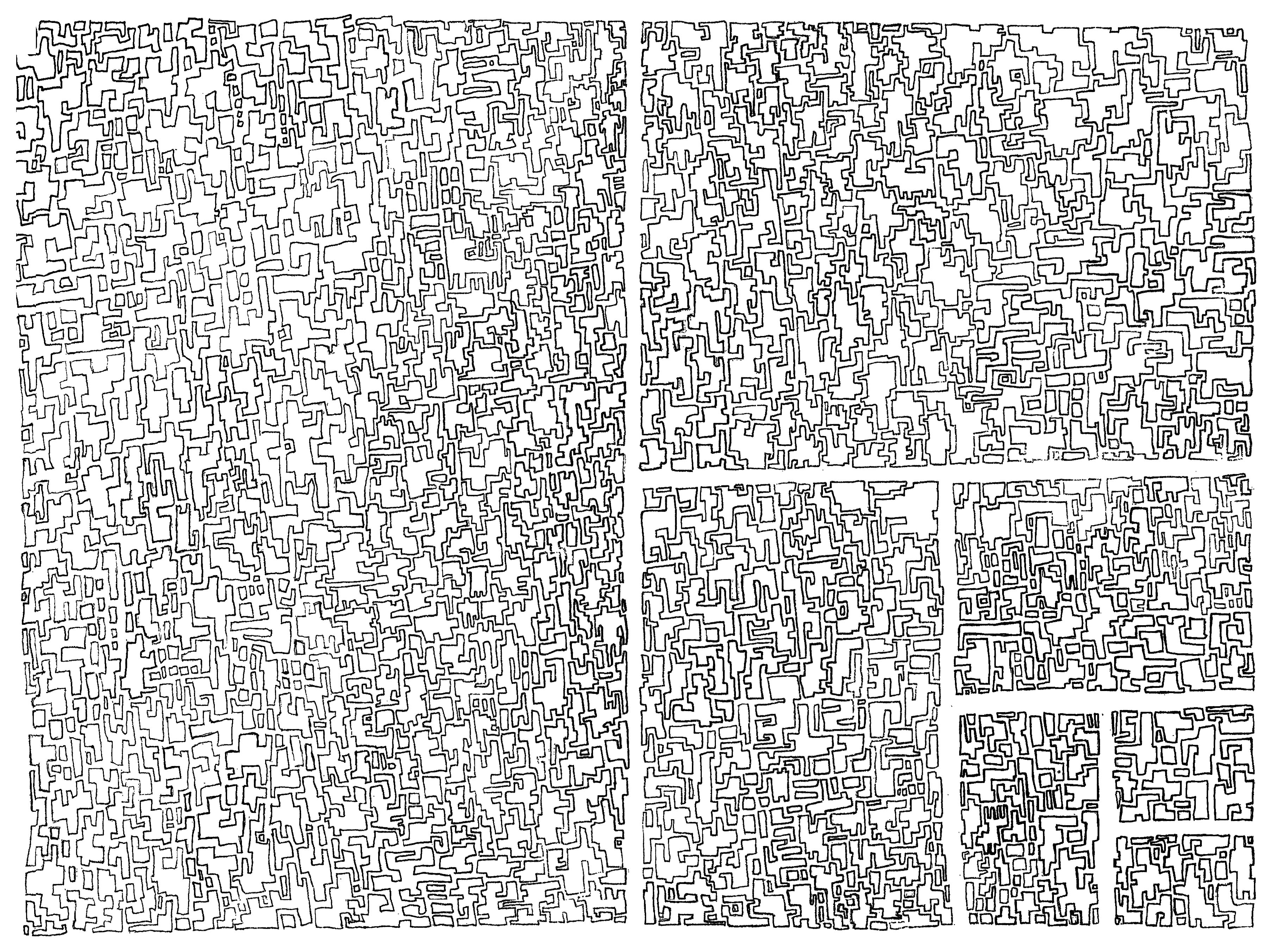 ‘Hanbun ni’ (Halving)
‘Hanbun ni’ (Halving)  ‘Hanbun ni’ digital remix
‘Hanbun ni’ digital remix ink on paper w/ PS effects
ink on paper w/ PS effects ‘Kotoba’ (Words)
‘Kotoba’ (Words) ‘Futari’
‘Futari’ bicycles in a New York shop, oil on canvas
bicycles in a New York shop, oil on canvas Reclining model
Reclining model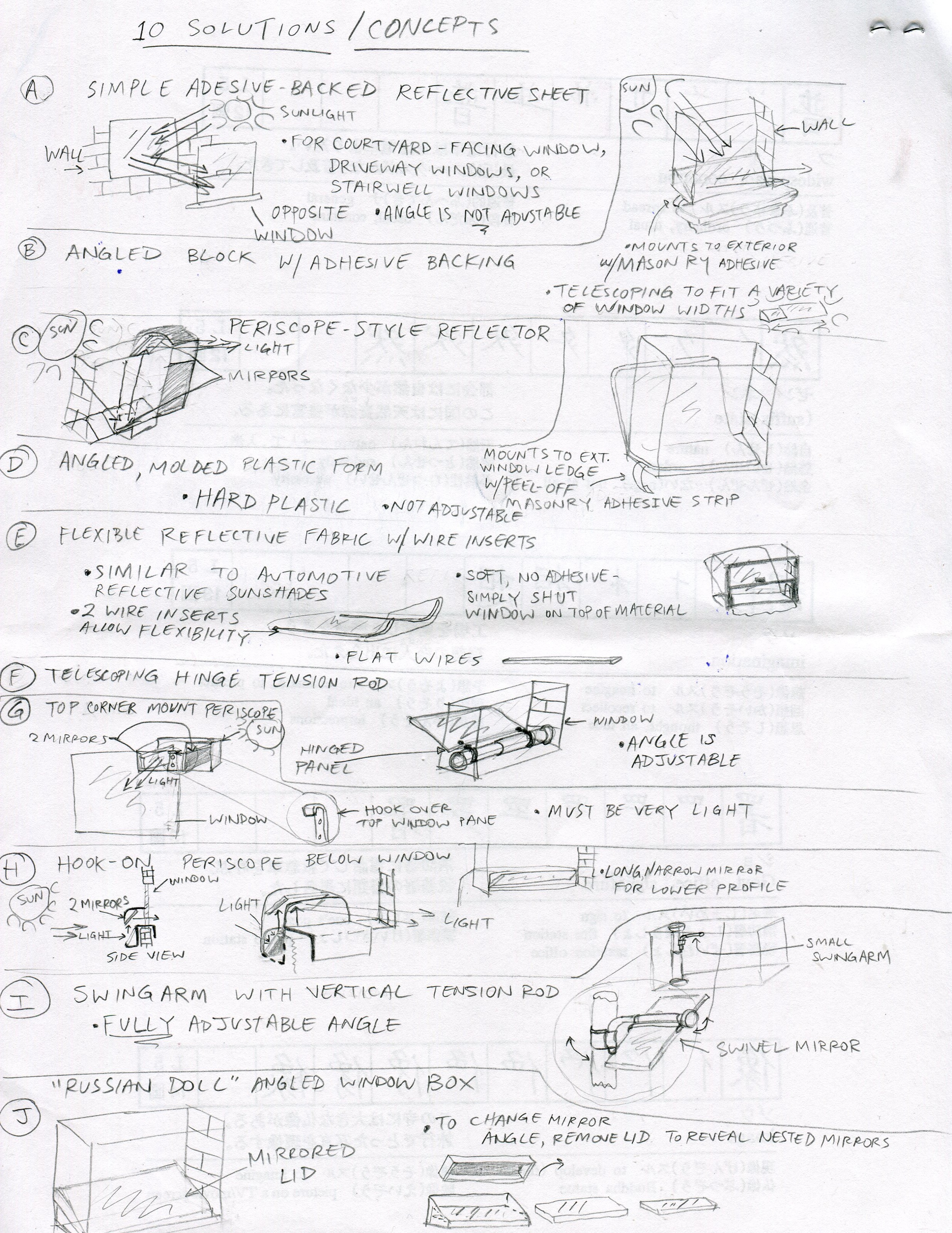 Brainstorm concept sketches
Brainstorm concept sketches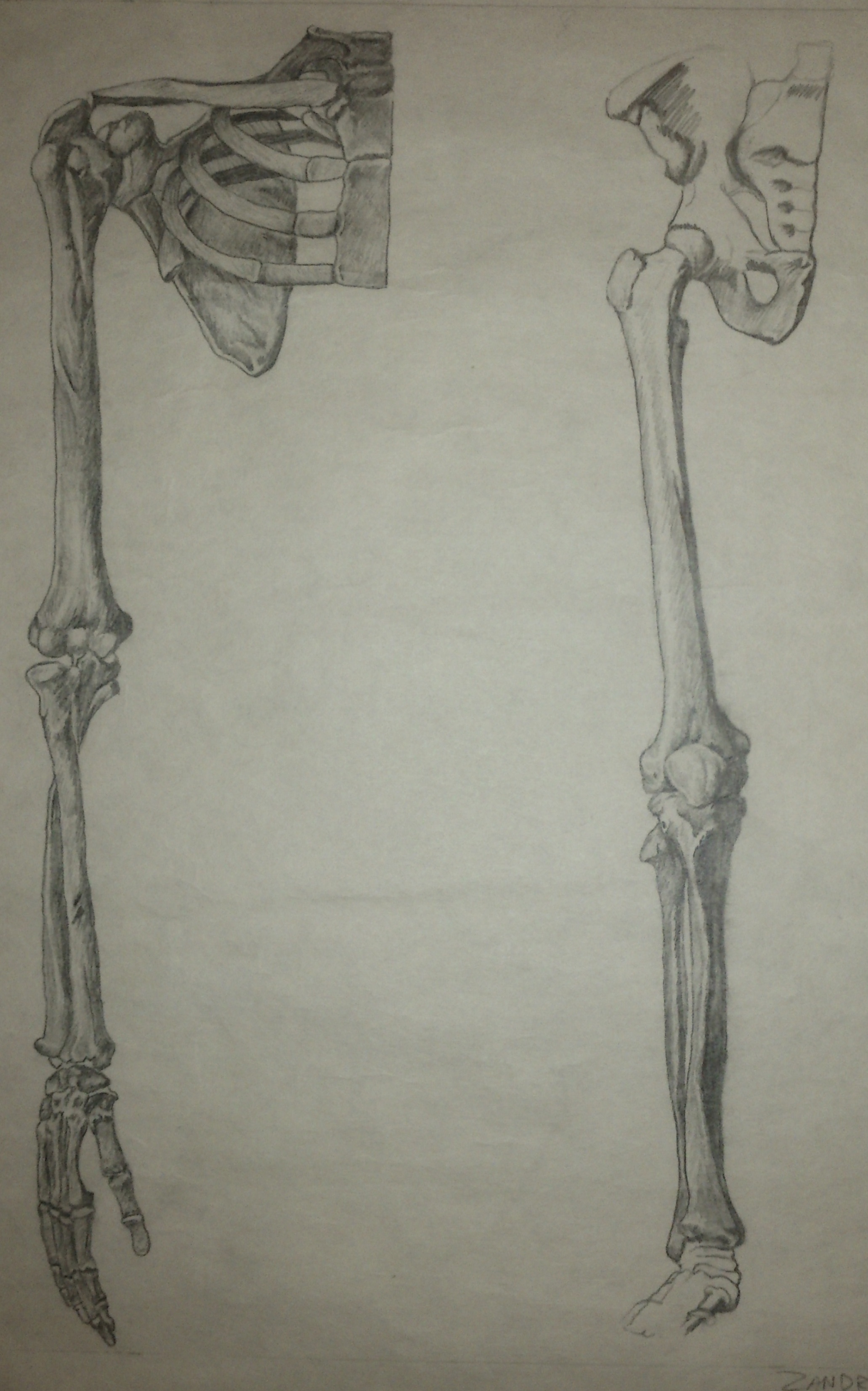 anatomy plates
anatomy plates anatomy plates
anatomy plates anatomy plates
anatomy plates sketch from a postcard
sketch from a postcard
